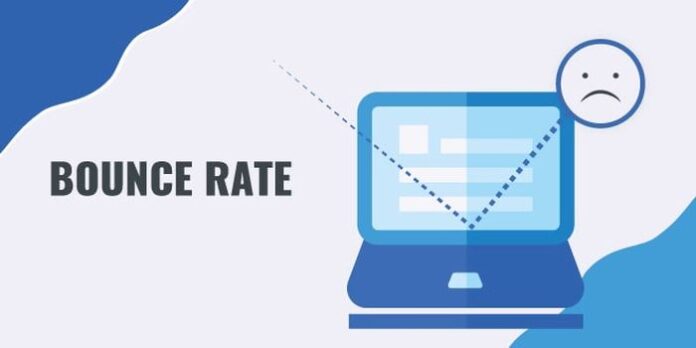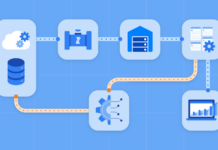Your website is likely the gateway to your revenue. If you get a sufficiently high stream of traffic, and you manage to keep those visitors engaged, they’ll likely buy something – or at least walk away with a better impression of your brand.
But what if your visitors don’t like what they see? What if they leave your website mere moments after encountering it for the first time?
This is the idea behind your website’s “bounce rate” – and keeping your bounce rate under control is one of the most important steps you can take to improve your chances of success.
What Is Bounce Rate?
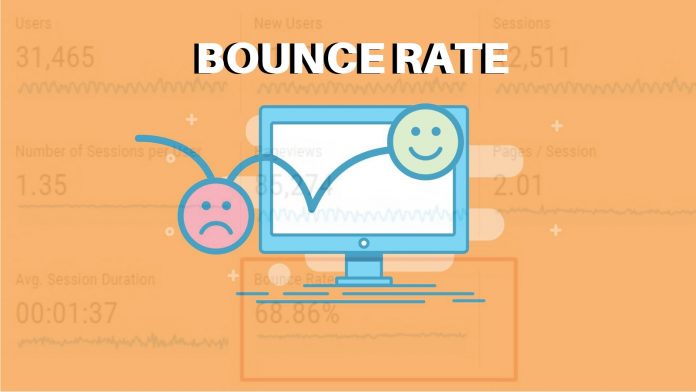
In the marketing world, a website’s bounce rate is the percentage of web users who visit the site and then “bounce,” or exit the page without viewing other pages on the site. For example, let’s say user A visits your site and clicks to read a couple of other pages before leaving. User B visits your site, fills out a form, and then leaves. User C visits your site then leaves before visiting another page; this is considered a bounce. If these are the only three users who visit your site, your bounce rate will be 33 percent.
Note that the bounce rate is different than “exit rate.” Exit rate measures the number of people who exit a page, regardless of how many pages they’ve already visited.
Why Does Bounce Rate Matter?
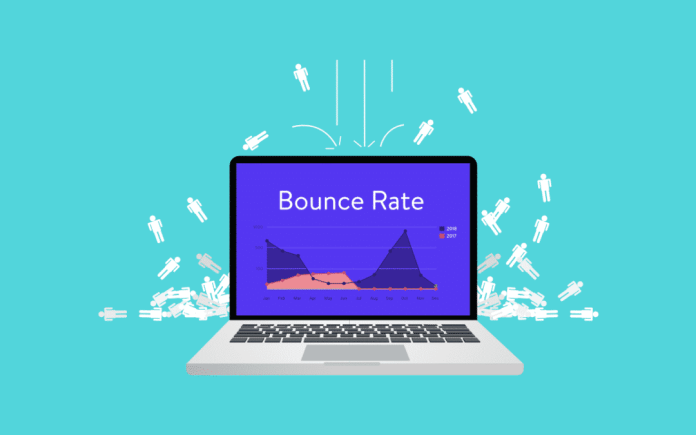
Bounce rate is important for several reasons.
First and foremost, it’s an indication of visitor engagement (and the effectiveness of your website). If you have a high bounce rate, it’s a sign that something is causing your visitors to leave prematurely; in other words, something is standing in the way of your revenue generation. If you figure out what that is and fix it, you’ll be in a position to see much better results.
Bounce rate can also impact your rankings in search engines. If a page has a high bounce rate, it could rank lower for relevant search terms, ultimately generating less organic traffic.
This metric is also a valuable diagnostic tool. It can help you figure out which pieces of onsite content are most and least effective – and can therefore serve as a barometer for user interest.
How to Measure Bounce Rate
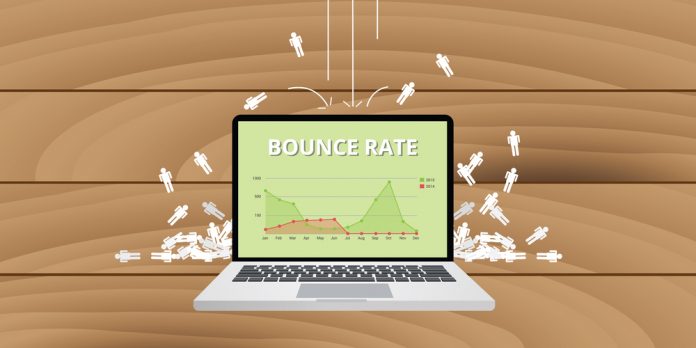
The easiest way to measure your bounce rate is with the help of Google Analytics. There, you can see the bounce rate for your entire site or drill down to find out how bounce rate changes for different pages, different types of traffic, and even different times of day. The more you study these metrics, the more you’ll learn about your target demographics’ behavior.
The Root Causes of High Bounce Rate
There are many tools you can use to analyze your customers’ behavior on your website. For example, Delighted.com offers automated website survey feedback tools to help you figure out what your customers are thinking and feeling in their website experience.
Generally, a high bounce rate is a symptom of one or more of the following:
- Slow loading times. People are generally impatient, and they expect their websites to load quickly. If a page of your site takes more than a few seconds to load, the user attempting to access it might bail prematurely. That may not be fair, exactly, but it’s a reality you’ll have to deal with. Fortunately, this is one of the easiest issues to fix.
- Content loading issues. Similarly, it’s possible that some or all of your page isn’t loading properly. If there’s a missing image or video, it could be discouraging to a user; they may rather go to a different site.
- Poorly worded content. Bad content can be a sign of lack of expertise, lack of polish, or untrustworthiness – or all of these. If your website’s content is questionable enough, your users might leave prematurely.
- Popup ads or spam. Popup ads can help you flesh out an email list or get more sales, but it can also be a turnoff to new visitors. Obnoxious, spam-like tactics could be driving your bounce rate higher than it should be.
- Unmet expectations. How did your users find this page and what did they expect to find? If you mislead them with clickbait and display content different than what they expected, they’re going to leave.
- Nowhere else to go. Sometimes, people leave because there’s nowhere else to go. There aren’t any interesting links or additional pieces of content to explore, so they leave.
- Suspicion or distrust. If a web user has reason to distrust you, they’re not going to stick around. If what you’re saying seems sketchy, or if there’s just something “off” about your site, they’re going to leave.
- Genuine confusion. Occasionally, people bounce simply because they’re confused about what to do next. The signup process might be overlong or complex, or they may not understand what your website is about at all.
The Fast Track to Improving Your Bounce Rate
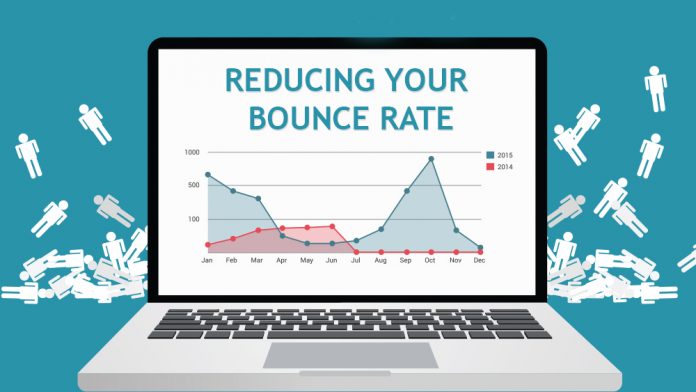
If you want to improve your website’s bounce rate, you’ll need to follow a 3-step process:
- Identify the root cause. How can you fix the problem if you don’t know what the problem is in the first place? A high bounce rate is an indication of a problem, rather than the problem itself, so take the time to figure out what’s making people bounce.
- Make a fix. Brainstorm and implement some kind of fix; that could mean improving the backend code, cleaning up the content, or even redesigning the page from scratch.
- Measure and regroup. After making a change, continue to measure bounce rate and traffic patterns. Does this change cause the bounce rate to drop? If so, you’re in a good spot. If not, you’ll need to change something else.
Even the best sites are sometimes plagued with moderate to high bounce rates, so don’t be discouraged if you’re currently struggling to get your bounce rate lower. Take your time, keep your user experience in mind, and keep experimenting until you find a combination of strategies that works.
